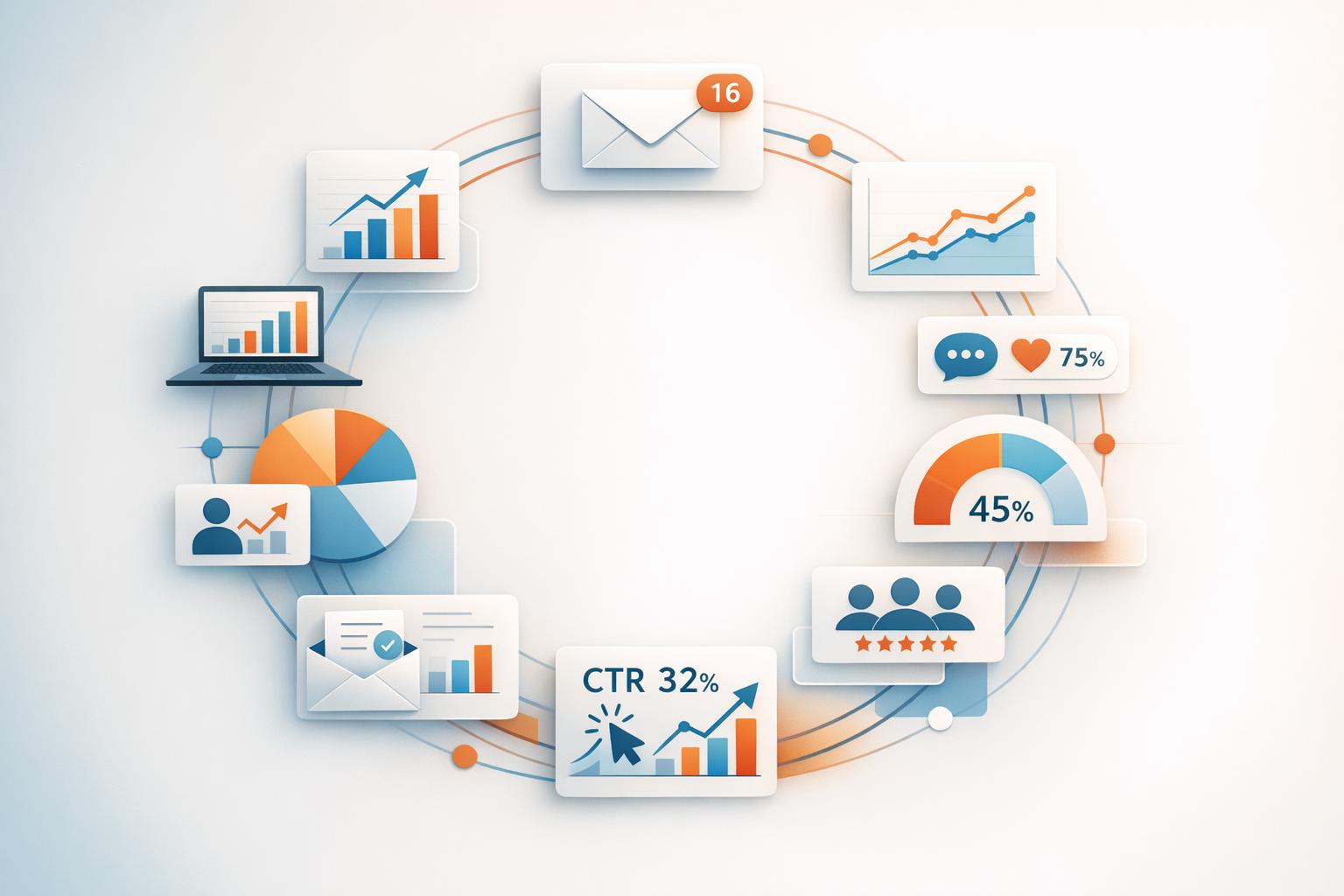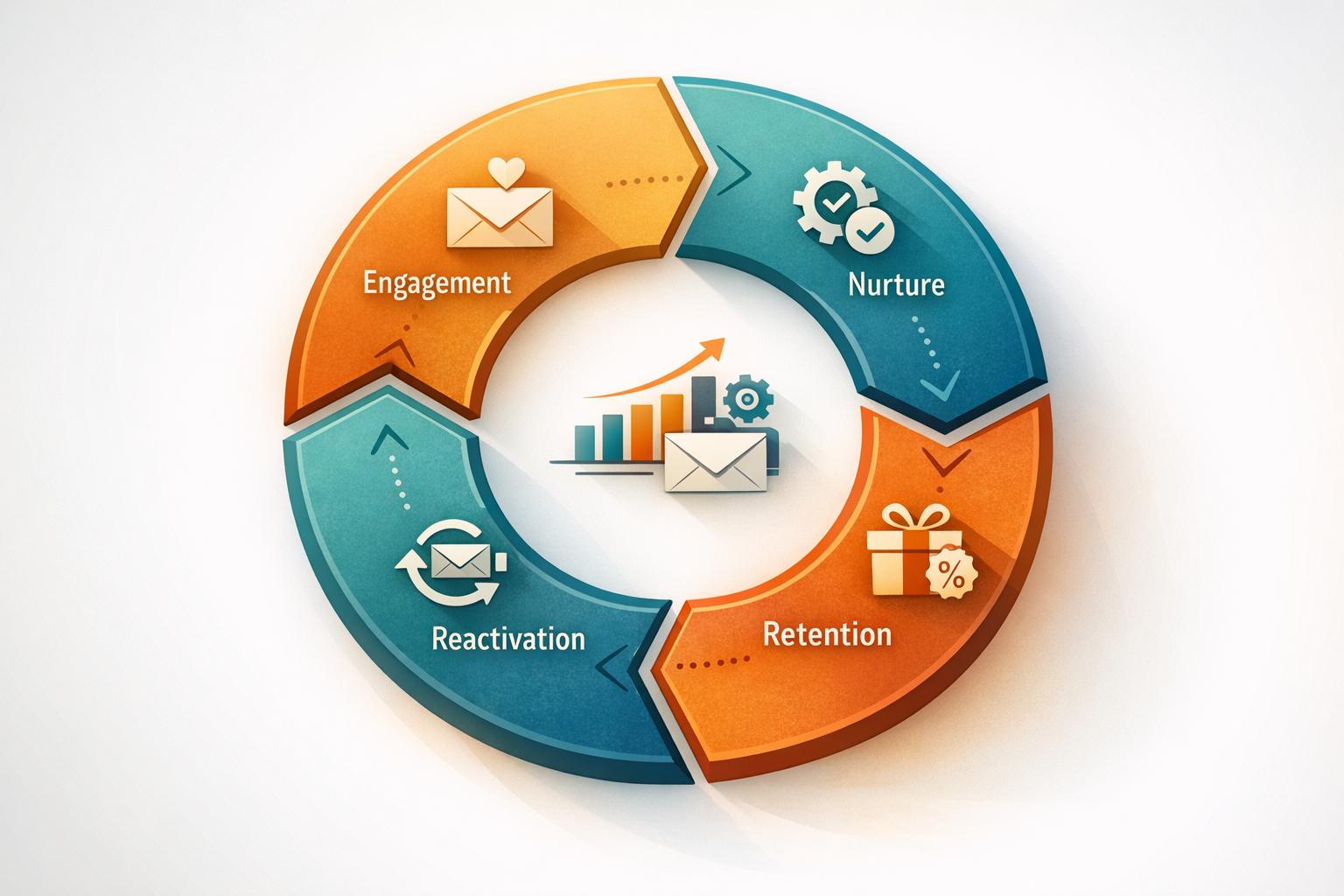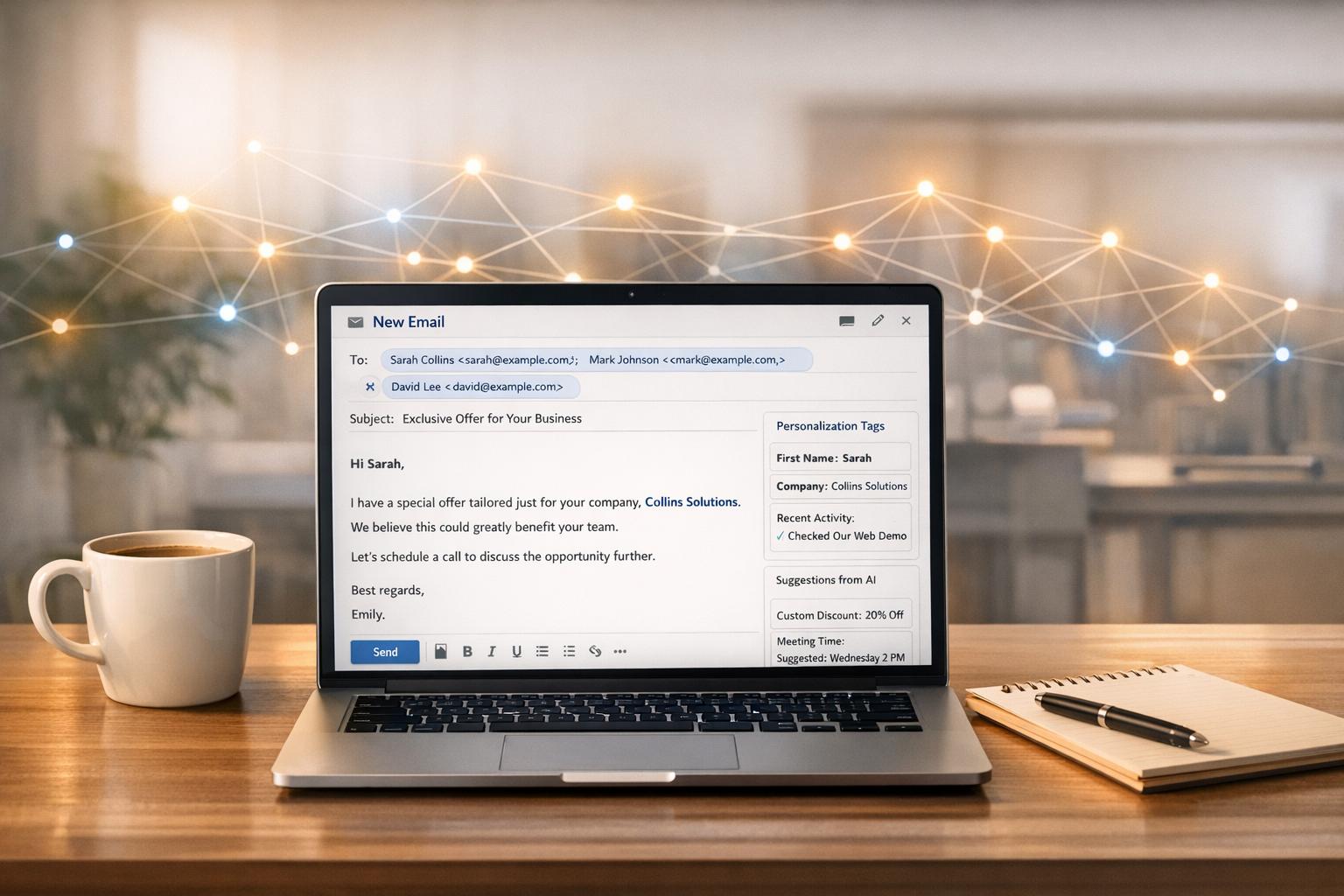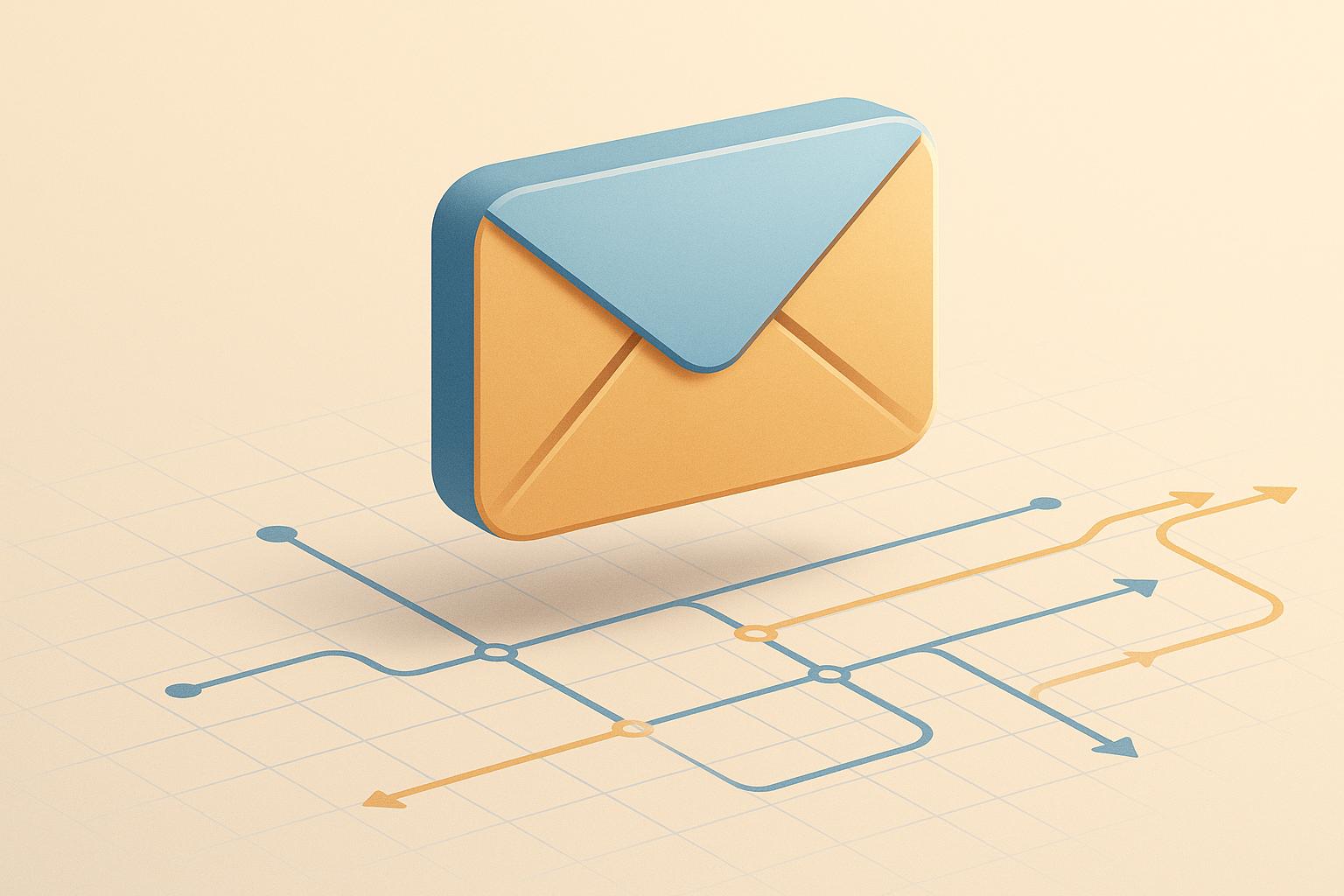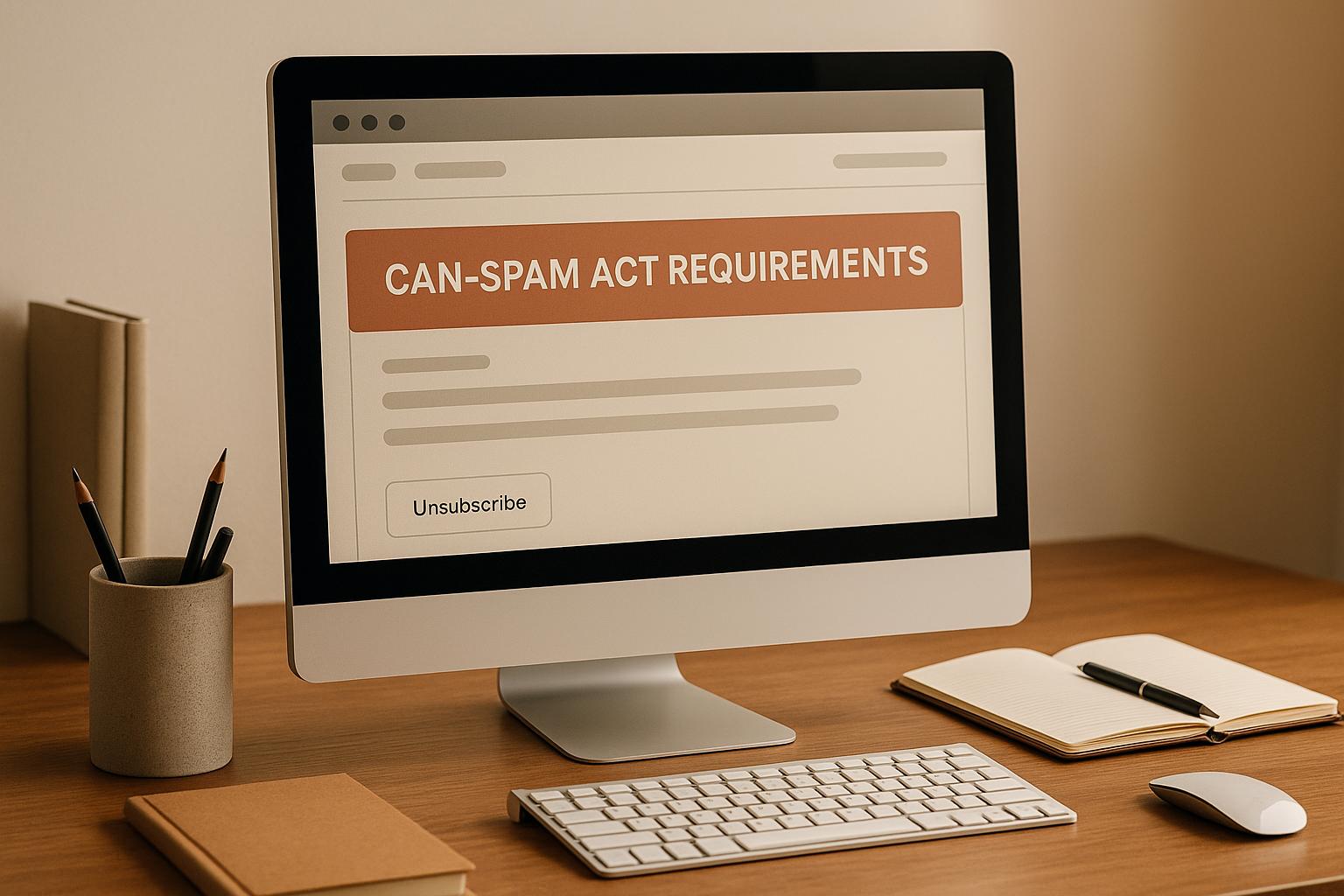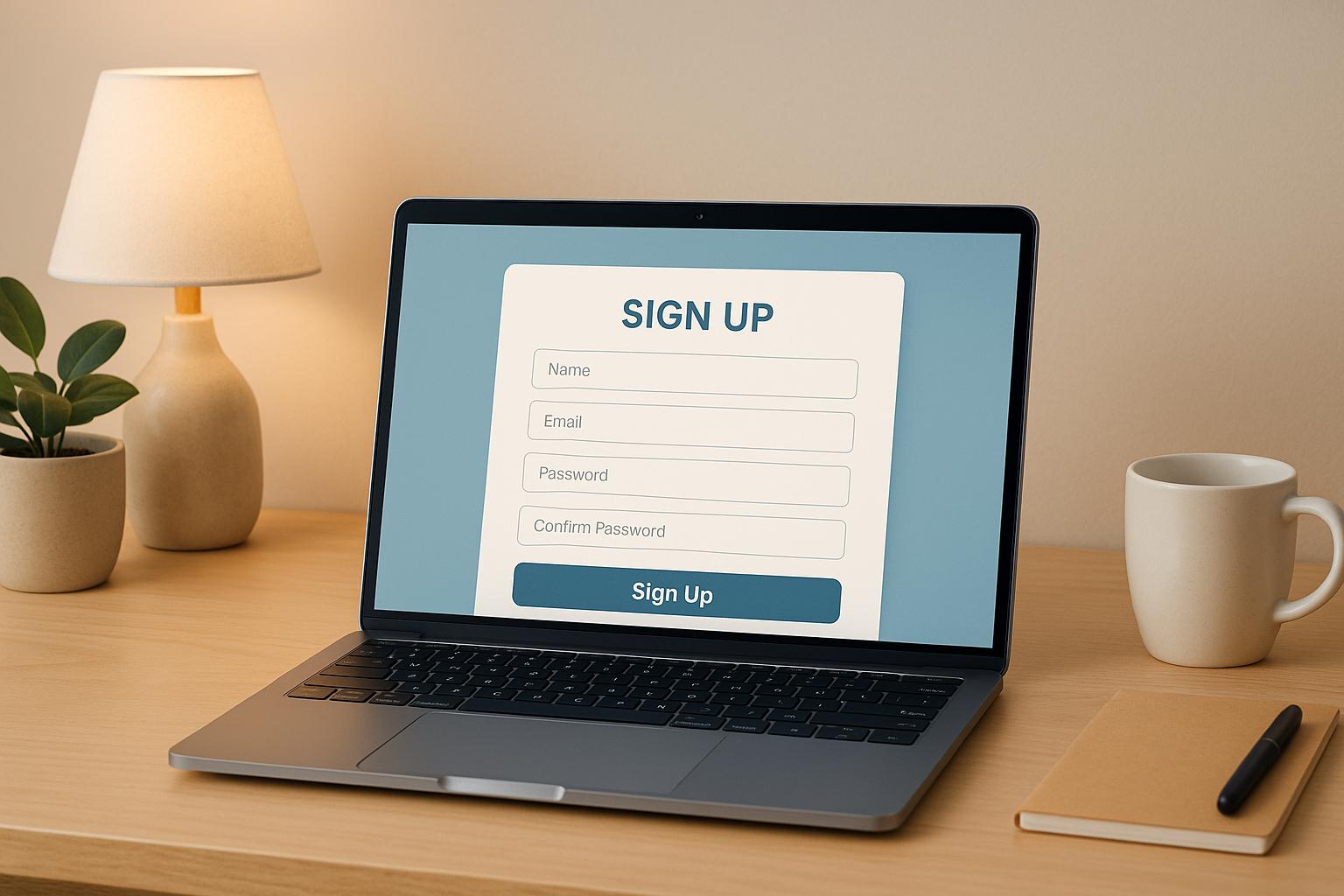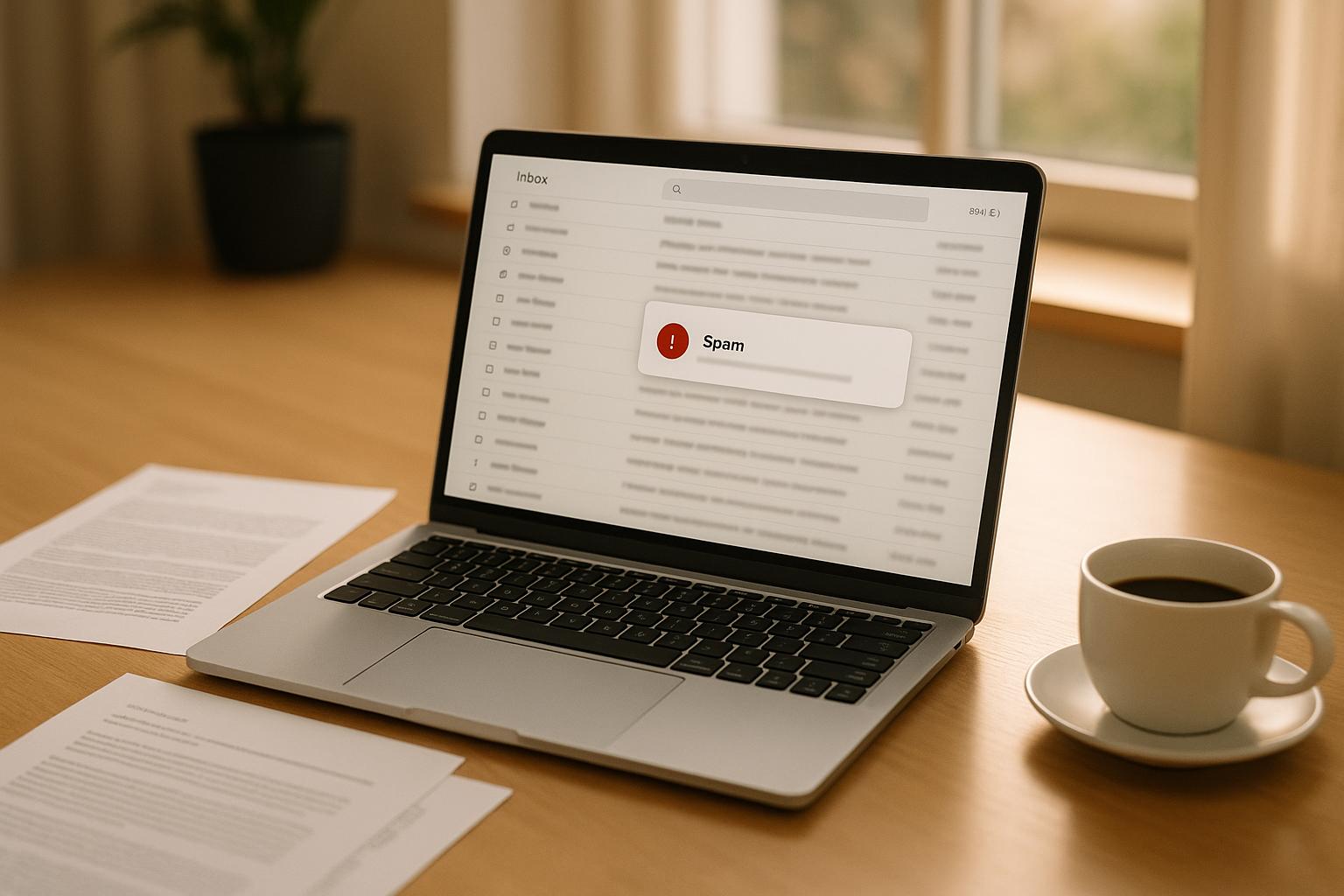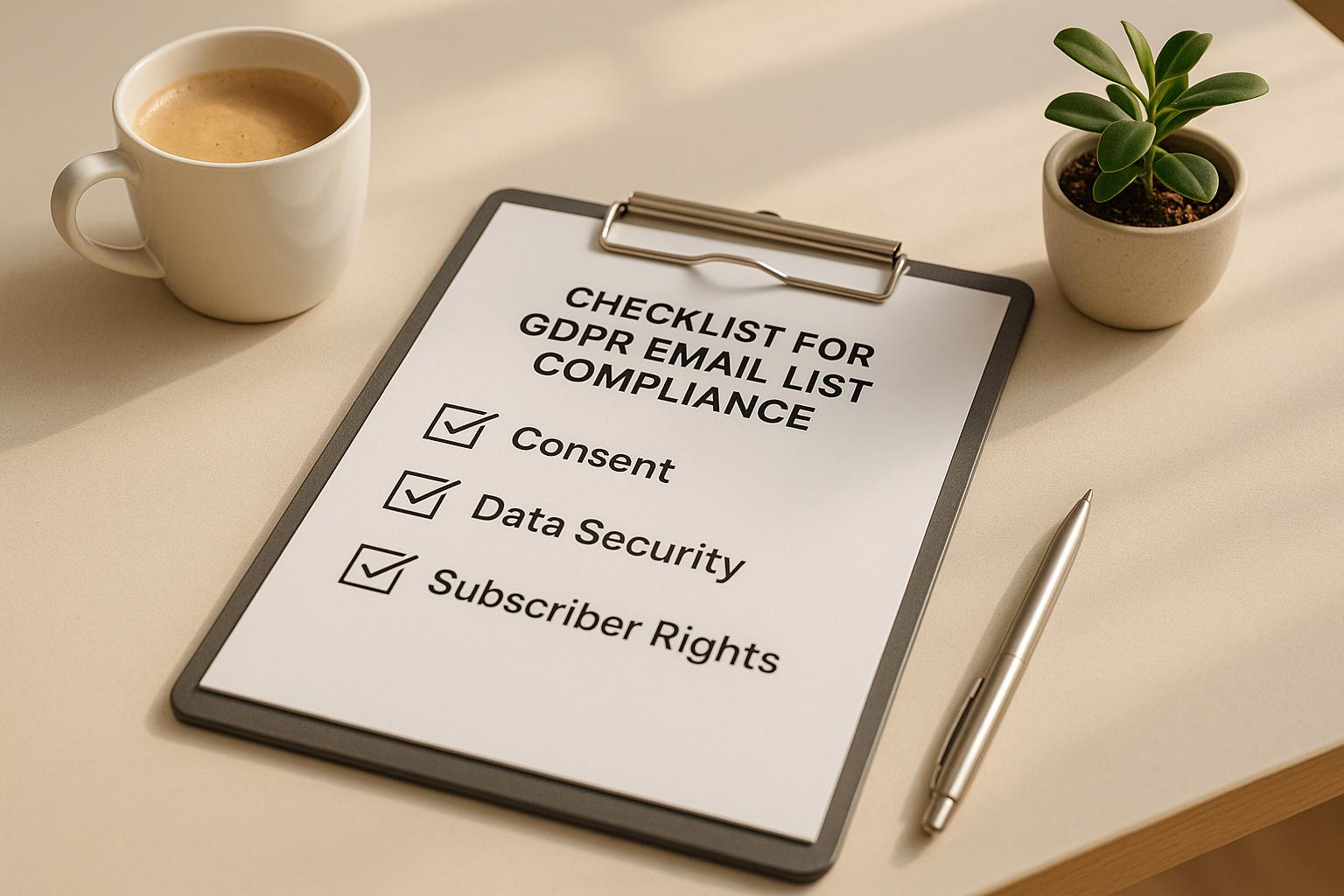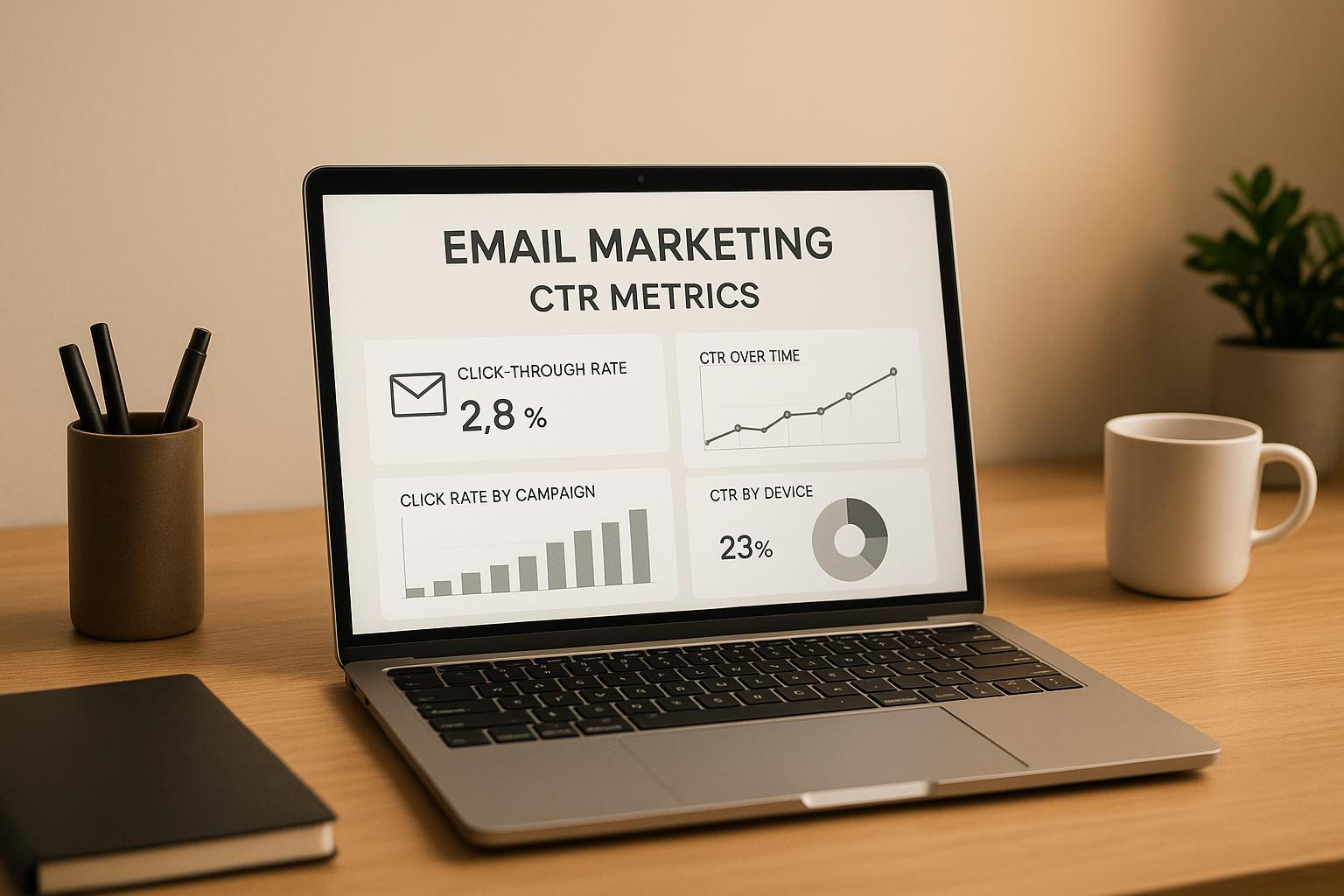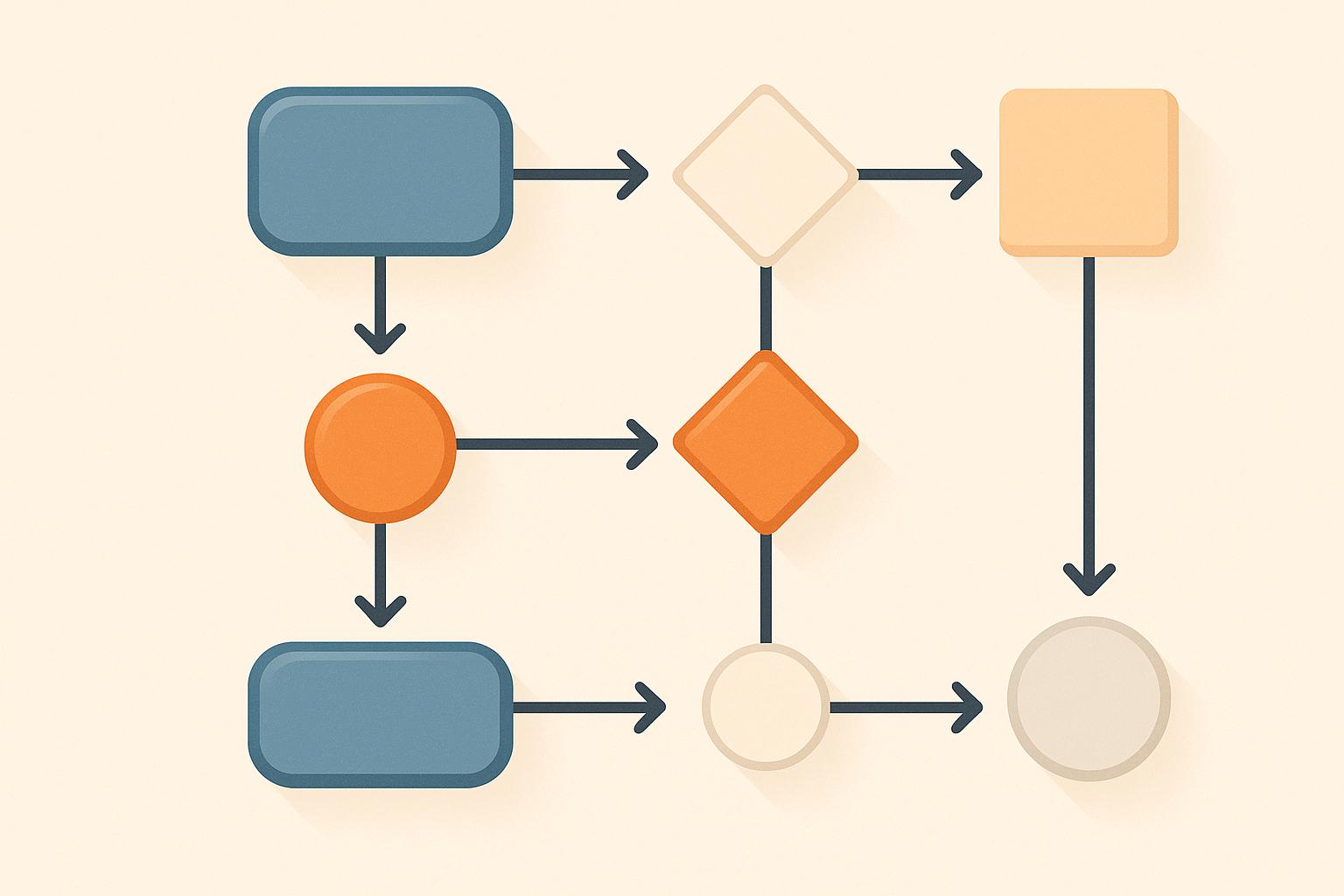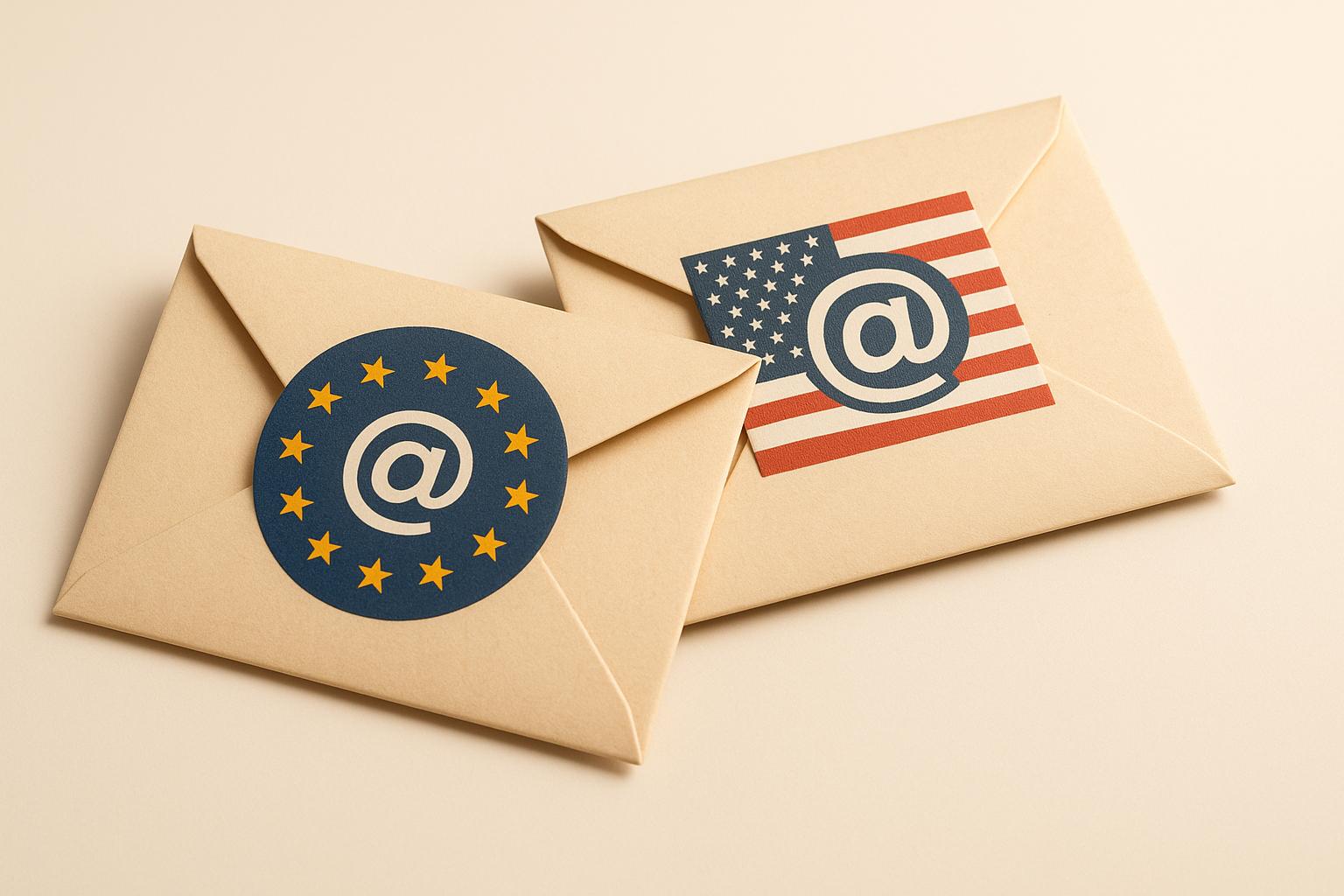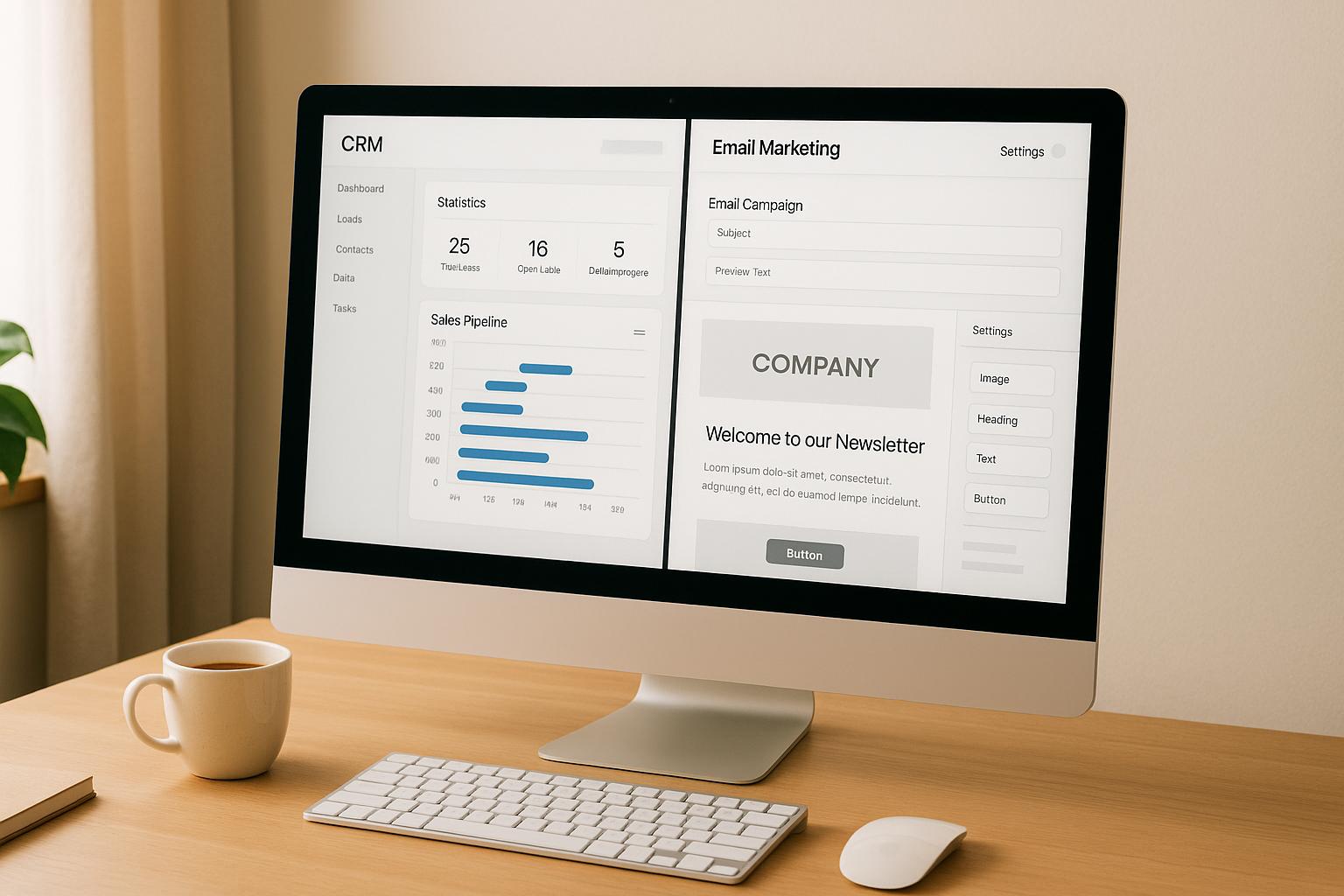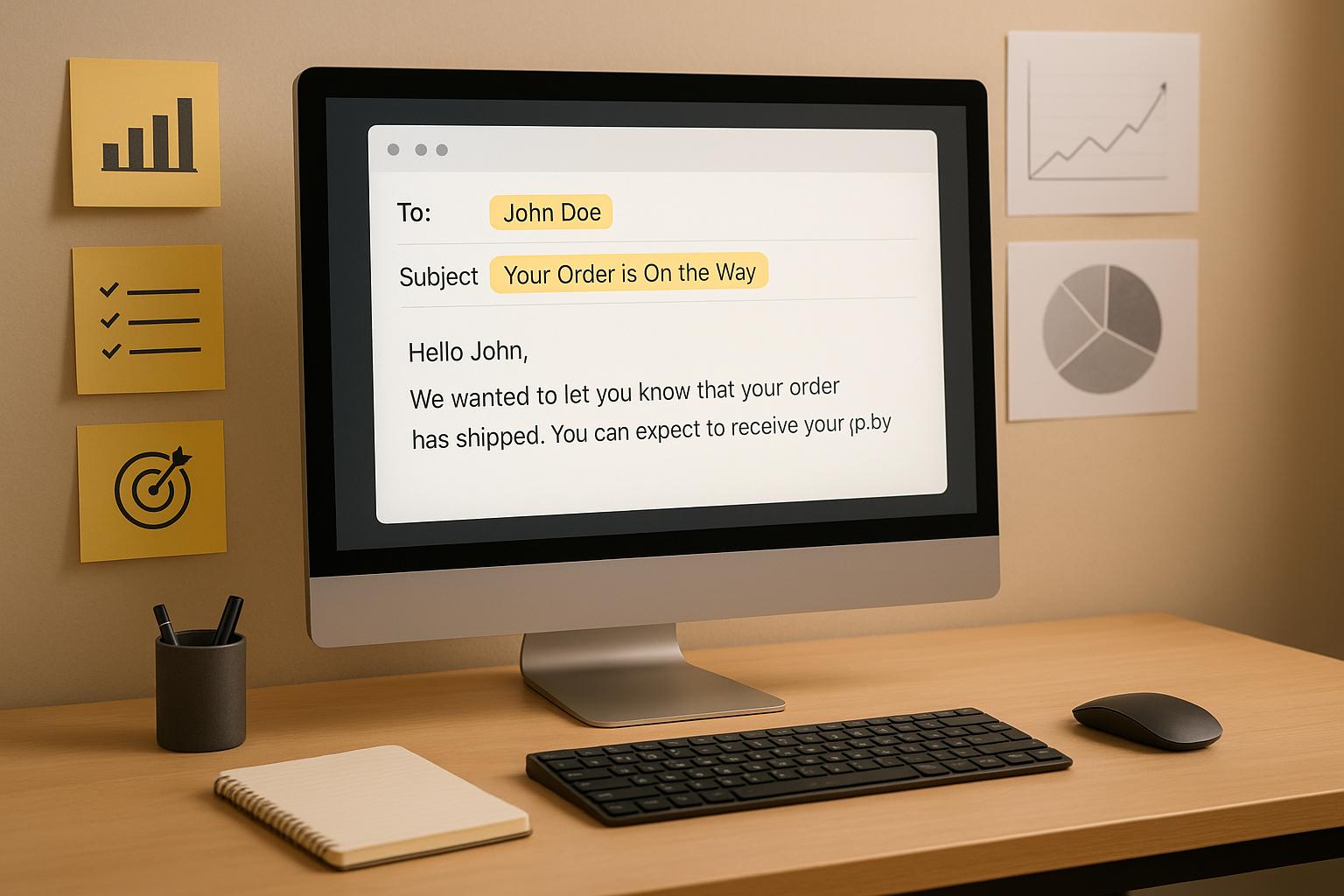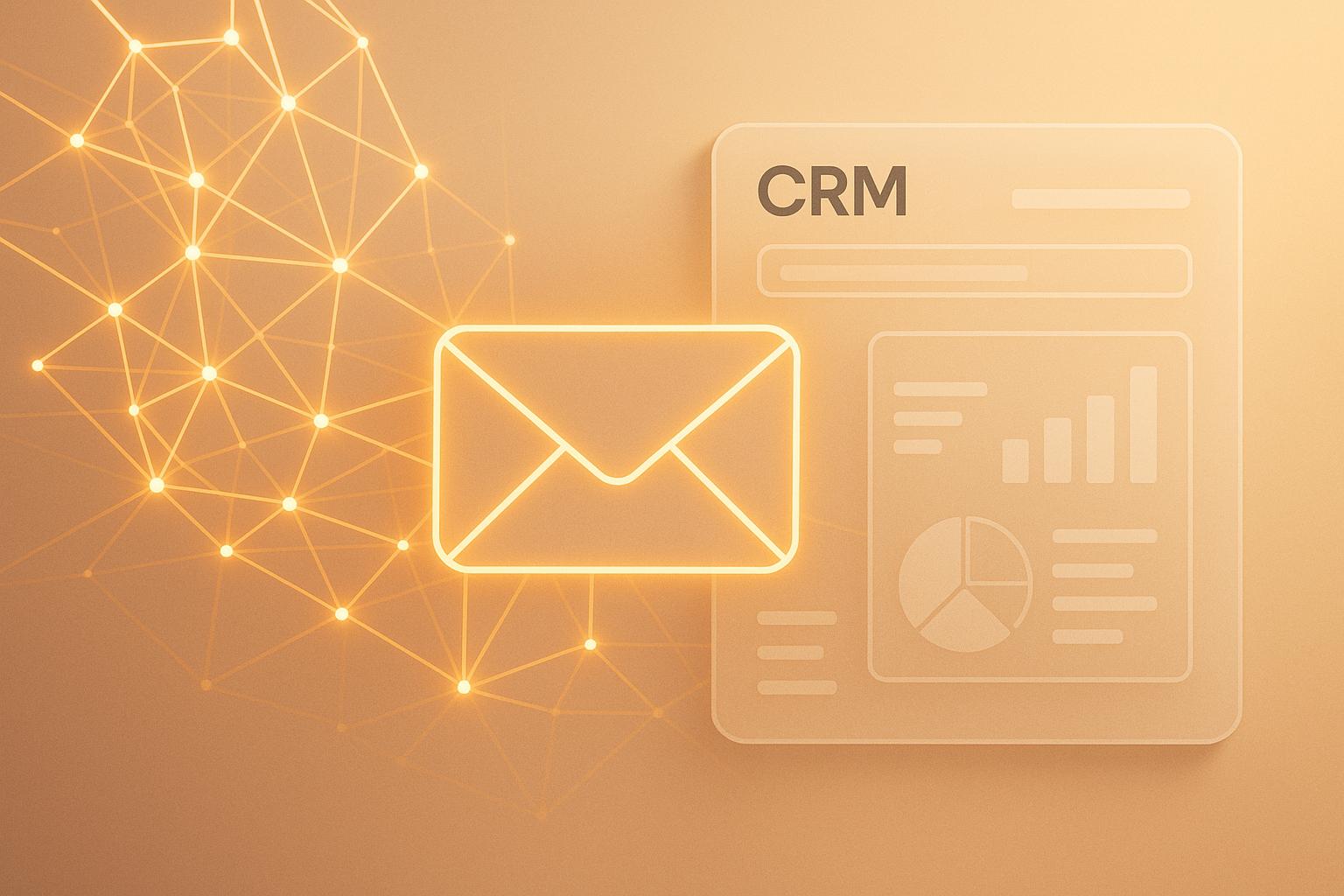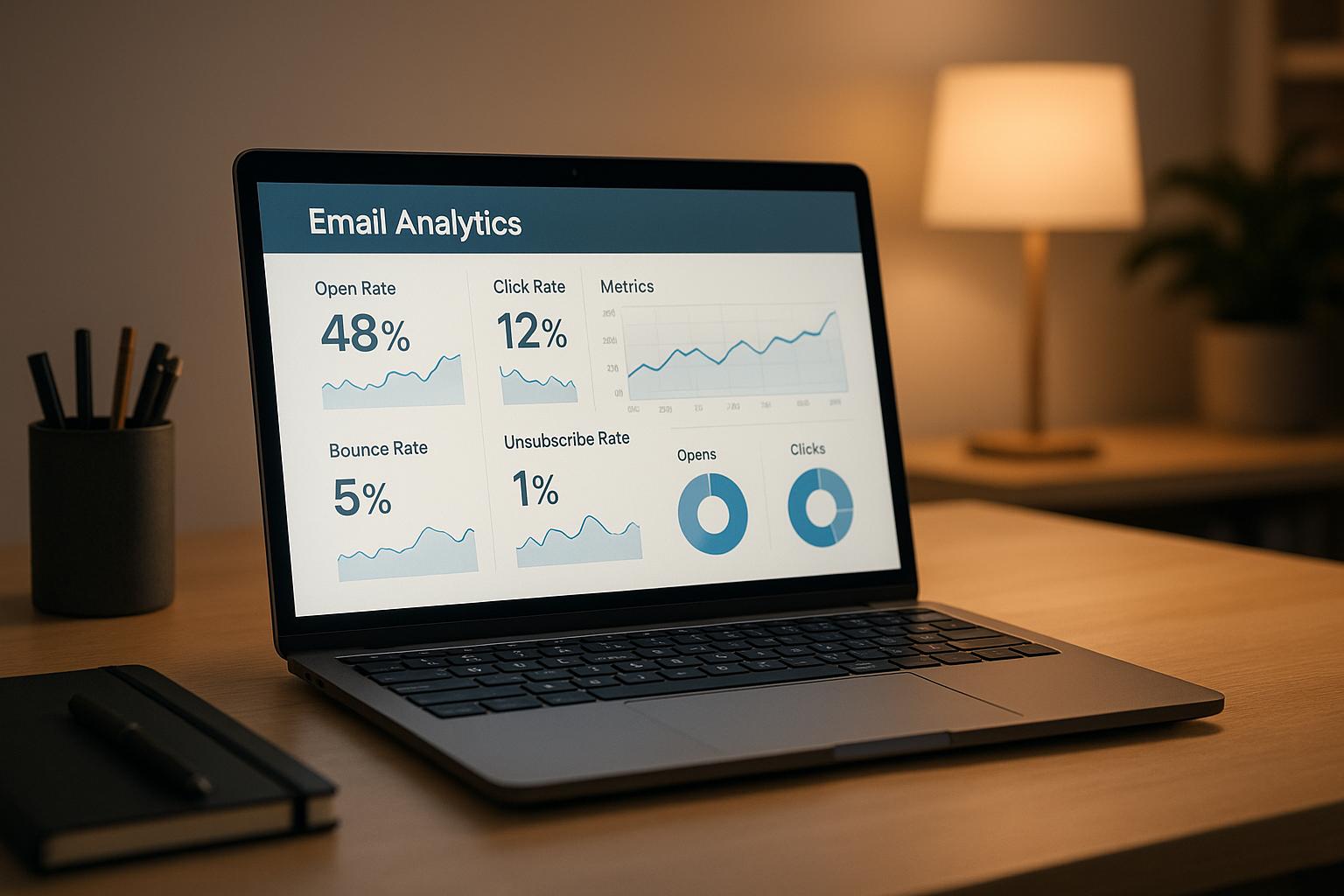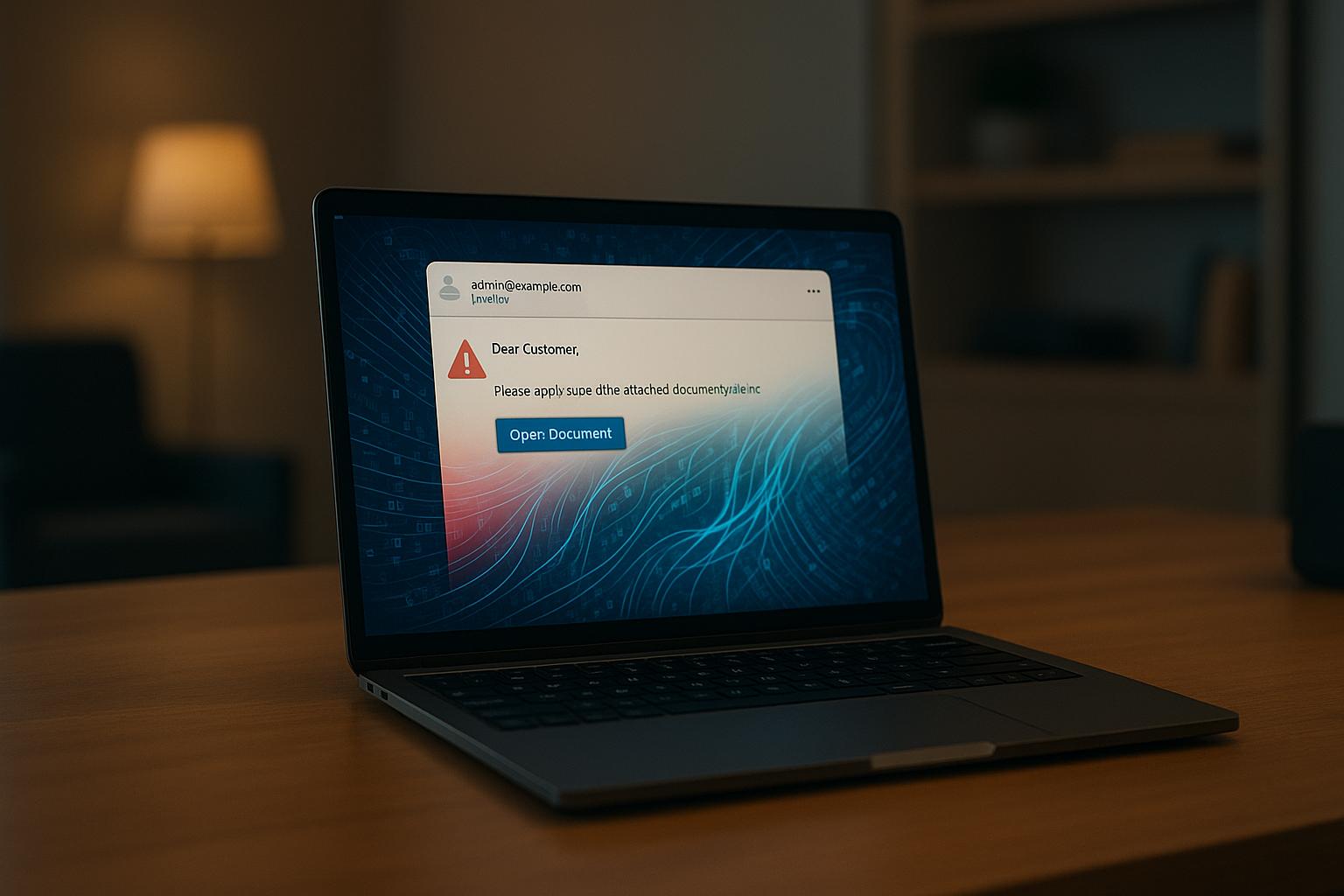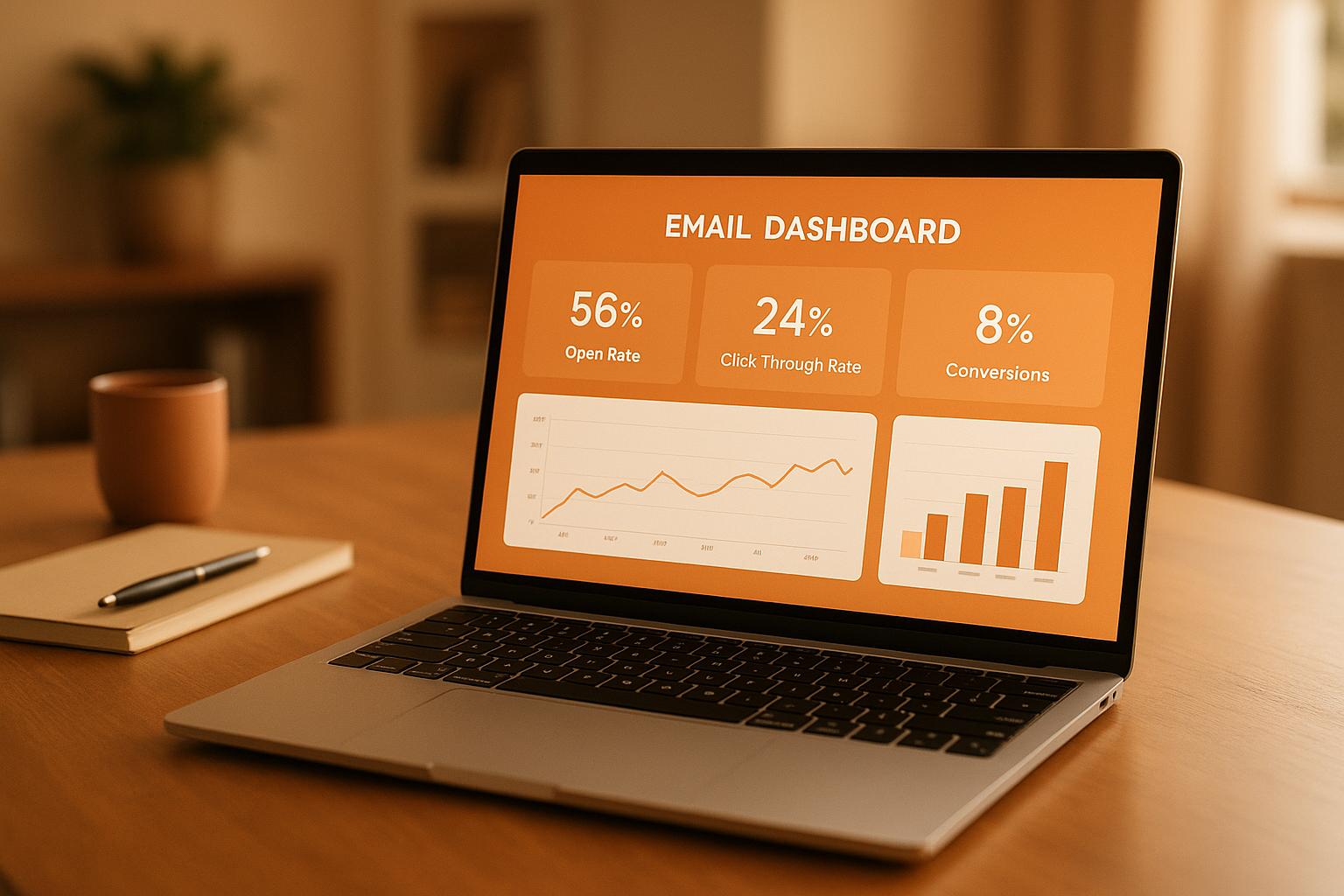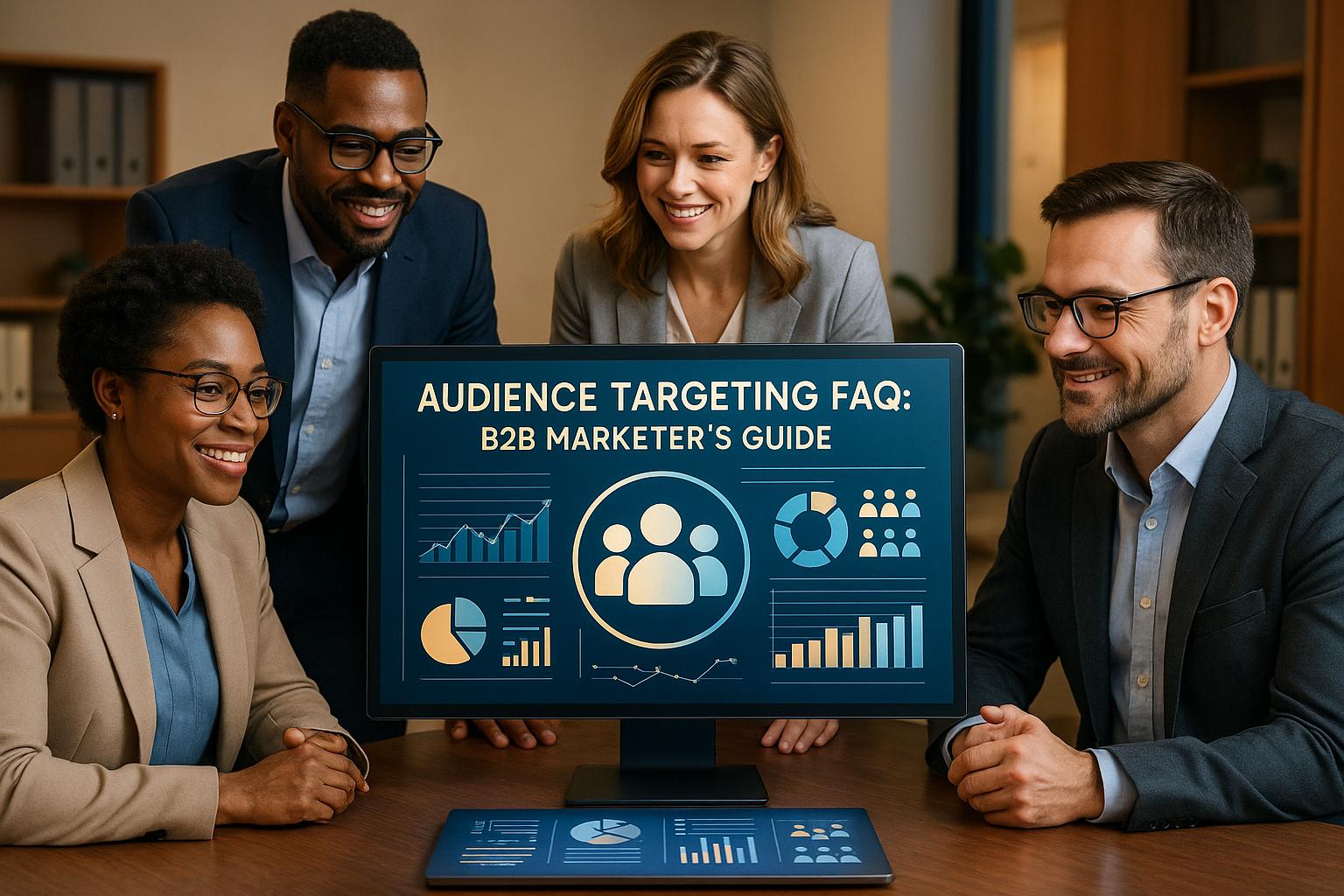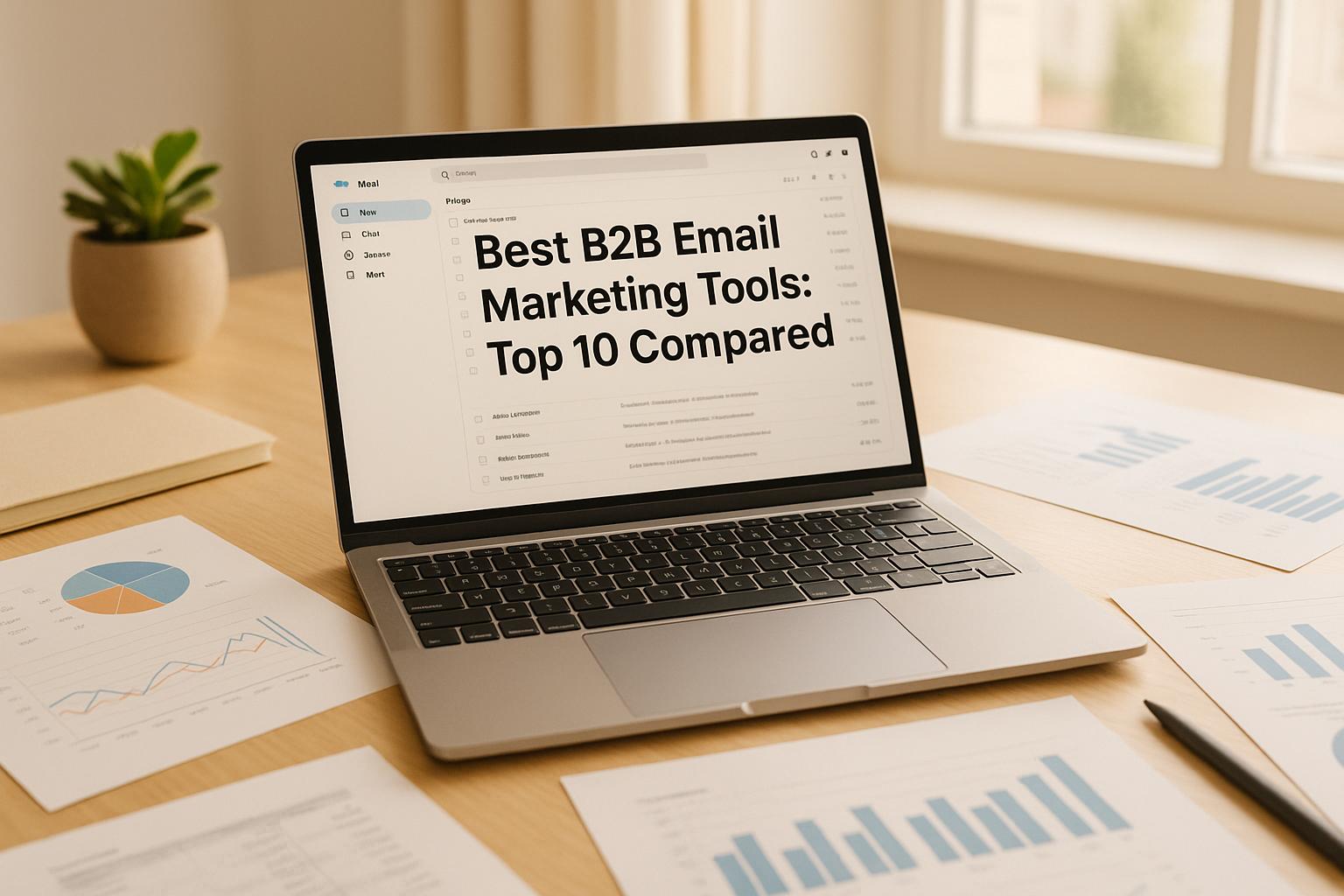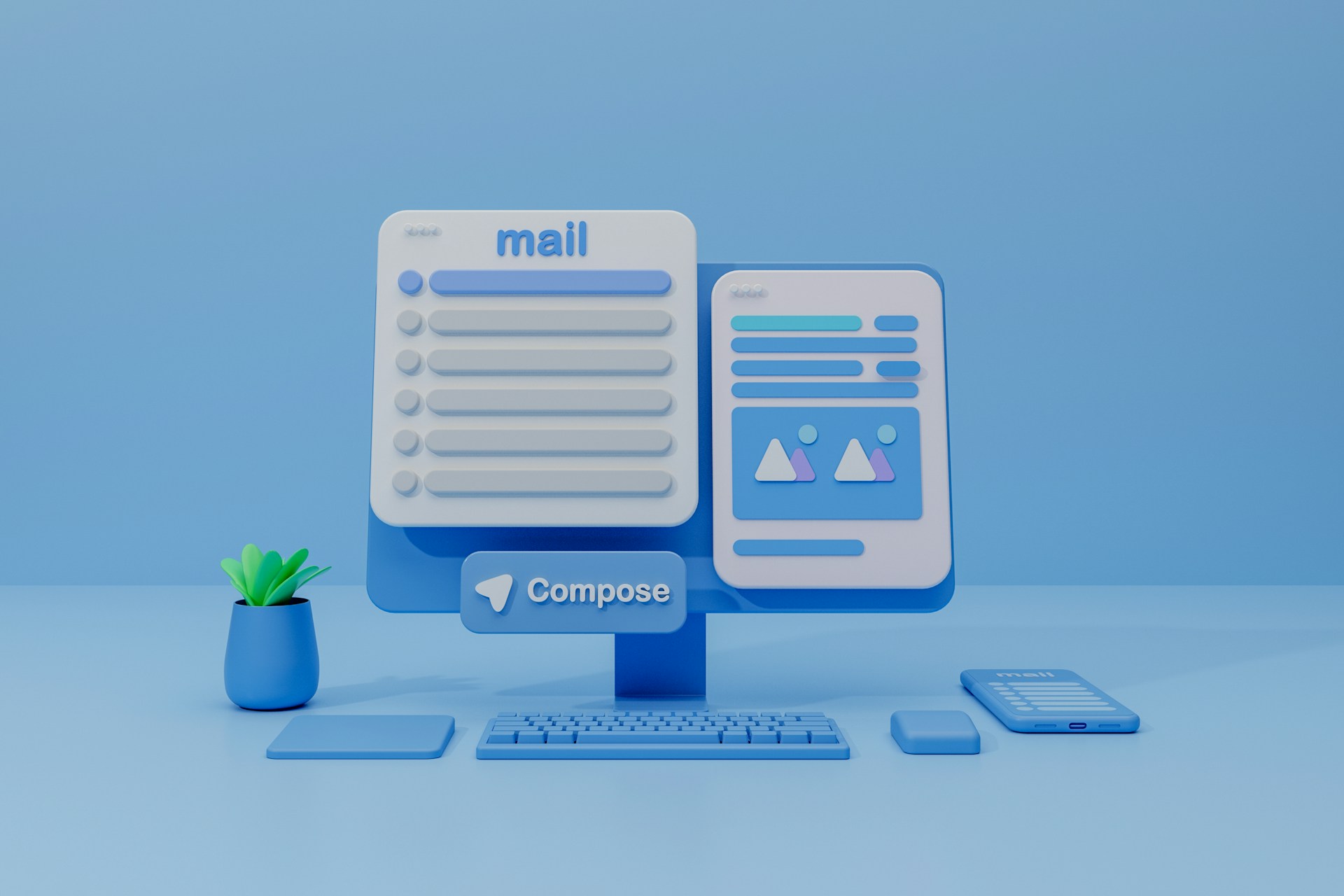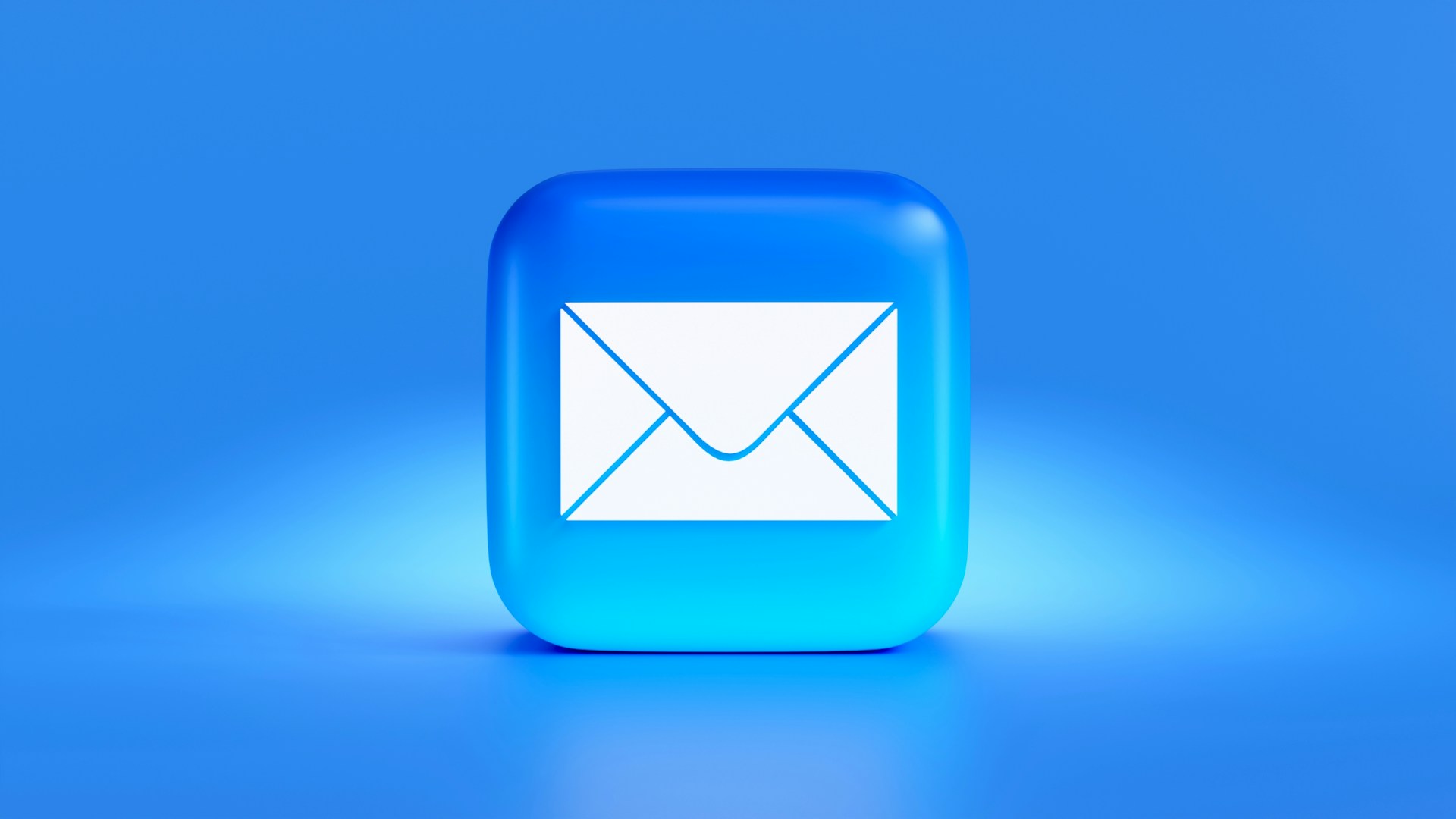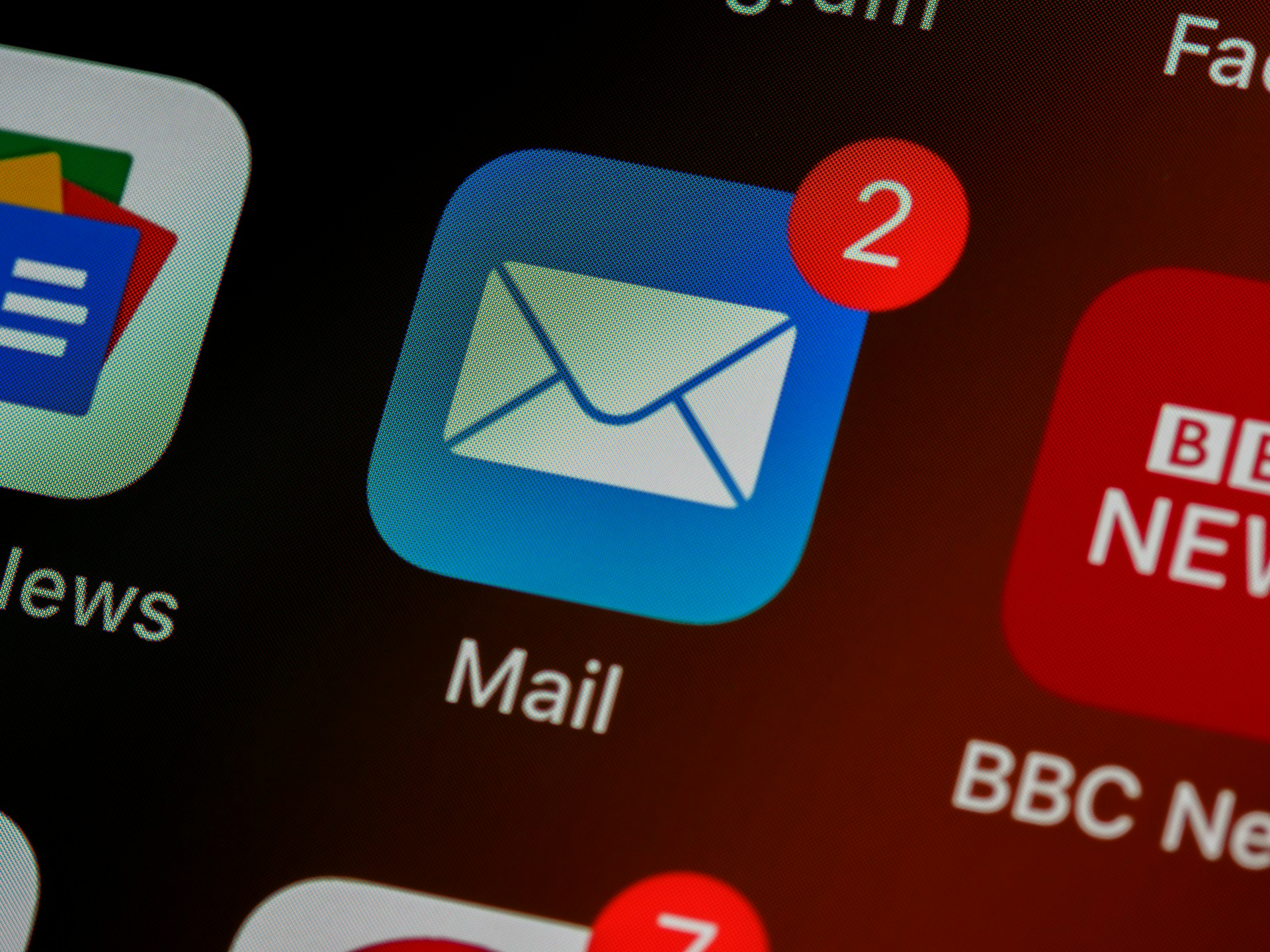How to Write B2B Messaging That Converts

In today’s B2B landscape, where inboxes are flooded with automated emails and generic pitches, effective messaging stands out as a cornerstone of successful marketing. Yet, many businesses - especially SaaS companies - fail to communicate their value in a way that resonates with their target audience. Based on an insightful conversation with Christine Gamala, a seasoned brand messaging strategist, this article explores the keys to crafting messaging that genuinely converts. Whether you're a marketer, consultant, or sales professional, these principles will help you refine your website, clarify your brand, and drive meaningful results.
The Challenges of B2B Messaging
Common Issues with SaaS Company Websites
Christine Gamala identifies two primary pitfalls that plague SaaS company homepages:
- The Problem with the Hook: Most companies struggle to craft an effective above-the-fold hook (the first thing a visitor sees on the homepage). Often, the hook is filled with jargon that makes sense internally but fails to resonate with the target audience. If your messaging requires the visitor to "decode" what your company does, you're asking too much of their attention - and they’re likely to leave.
- Self-Centered Content: Many businesses focus too much on themselves - who they are, their features, their achievements - rather than addressing the prospect's concerns. Visitors want to know how your product or service impacts them. If your website talks more about your company’s greatness than the customer’s challenges and goals, you’re missing the mark.
The Impact of Misaligned Messaging
When messaging doesn’t connect with the audience, it leads to a series of missed opportunities. Poorly written content results in low conversions, ineffective campaigns, and frustration for both marketers and sales teams. To fix this, businesses need to shift their perspective: focus on the customer as the hero of the story, not the company.
sbb-itb-8889418
The StoryBrand Framework: Structuring Messaging That Works
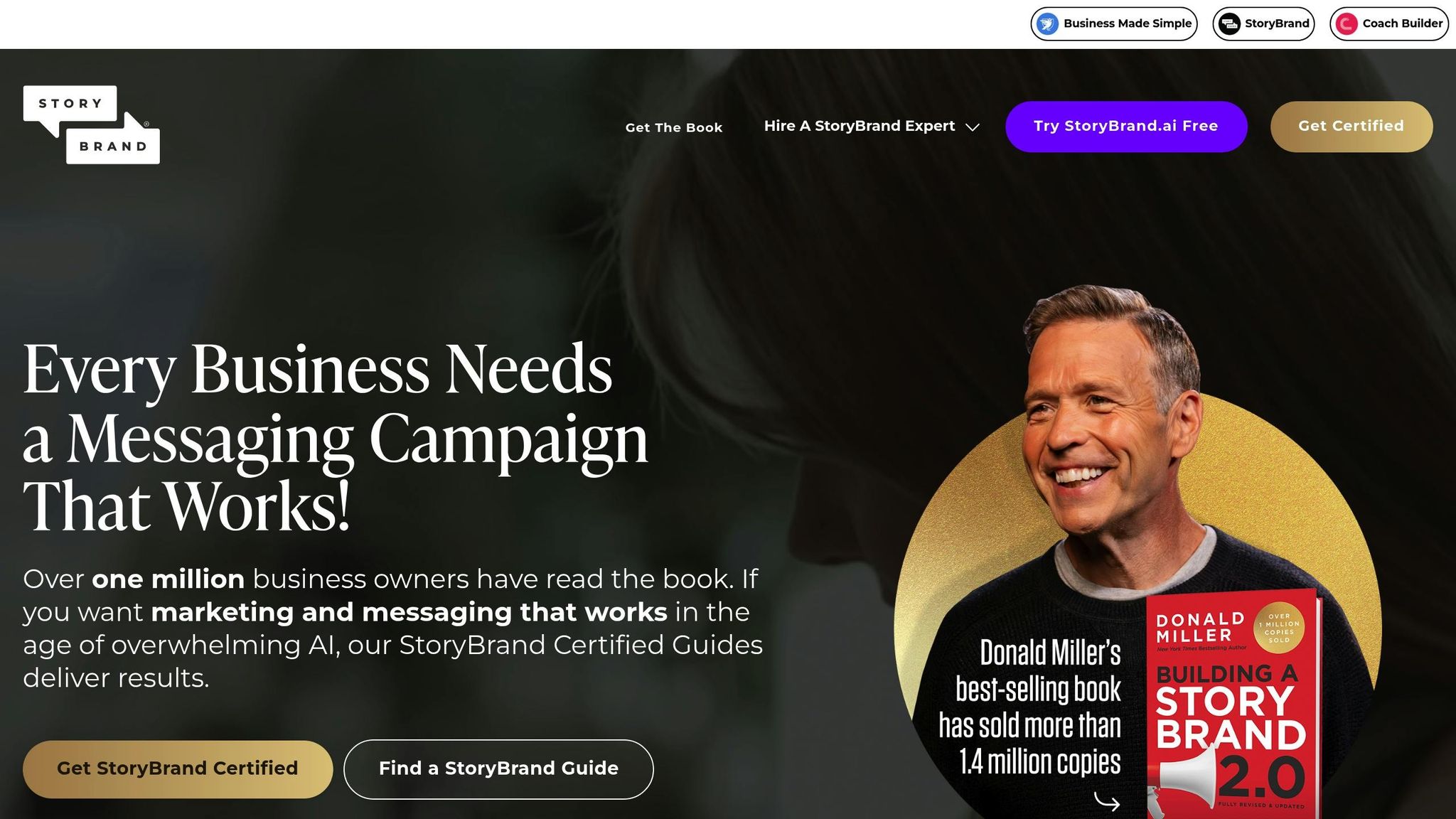
To address these challenges, Christine leverages Donald Miller’s StoryBrand Framework, an approach rooted in the fundamentals of storytelling. This framework is designed to convey marketing messages in a way that captivates prospects and motivates them to take action.
Here’s a breakdown of the seven steps in the StoryBrand Framework:
1. Character (The Hero)
The customer - not your company - is the hero of the story. Start by identifying who your target audience is and what they desire. Be specific. For instance, instead of saying "businesses", speak directly to "time-strapped marketing managers looking to automate workflows."
2. The Problem
People act when there’s pain. Highlight the customer’s external, internal, and philosophical challenges. Dig into their frustrations and unmet needs. For example:
- External: "Our email open rates are plummeting."
- Internal: "I feel overwhelmed managing campaigns manually."
- Philosophical: "Marketing should be easier with today’s tools."
3. Meets a Guide
Position your company as the trusted guide - not the hero. This is where you showcase credibility (e.g., testimonials, case studies) and empathy for the customer’s struggles.
4. Gives Them a Plan
Outline a simple, actionable plan to do business with you. Break it into 3–4 clear steps. For example:
- Schedule a demo.
- Get a tailored roadmap.
- Achieve faster conversions.
5. Call to Action (CTA)
Every page should include clear and actionable CTAs. Avoid vague buttons like "Learn More." Instead, use direct commands: "Schedule Your Free Consultation" or "Start Your Trial Today."
6. Ends in Success
Paint a picture of the customer’s transformed future. How will their life or business improve after engaging with your solution? This is your opportunity to inspire and excite.
7. Helps Them Avoid Failure
Create urgency by highlighting the risks of inaction. What happens if the customer doesn’t solve their problem? Emphasizing potential losses encourages decisive action.
Overcoming Organizational Challenges in Messaging
Christine also highlights obstacles within larger organizations that hinder messaging alignment. For instance, in enterprise SaaS companies, siloed teams - such as marketing, sales, and demand generation - often operate with conflicting narratives. This misalignment not only confuses prospects but also weakens the overall customer experience.
Bridging the Gap
To create cohesive messaging:
- Conduct cross-department workshops to align on customer pain points and goals.
- Develop a brand messaging script that serves as a single source of truth for all teams.
- Empower everyone - sales reps, social media managers, content creators - with the same core narrative.
The Role of AI in Messaging Evolution
Artificial intelligence is reshaping how businesses approach messaging and content creation. Christine uses AI tools strategically, such as custom GPTs for automating customer inquiries or compiling "voice of customer" data from online reviews. However, she warns against over-relying on AI for strategy. While AI excels at execution, nuanced customer understanding and creativity still require a human touch.
Key Tip for Using AI
Feed AI tools with detailed input about your brand’s positioning, tone of voice, and customer persona. This ensures that the outputs remain relevant and reflective of your unique value proposition.
The Emotional Core of B2B Sales
Despite its often analytical reputation, B2B sales are deeply emotional. Buyers are motivated by personal concerns - making the right decision, avoiding failure, and solving a pressing challenge. As Christine states, "We justify with logic after the fact, but decisions are driven by emotions."
By addressing these emotional triggers through relevant, empathetic messaging, you create deeper connections with your audience. Whether you're selling software, consulting services, or marketing tools, focusing on the customer’s experience will always yield better results.
Key Takeaways
- Simplify Your Hook: Ensure your homepage’s above-the-fold section clearly communicates what you do and who you help.
- Make the Customer the Hero: Speak directly to their desires and pain points instead of focusing on your company.
- Use the StoryBrand Framework: Structure your messaging to guide prospects toward taking action.
- Align Internal Teams: Consistent messaging across departments enhances trust and improves the customer journey.
- Leverage AI Thoughtfully: Use AI to streamline execution, but rely on human insight for strategy and creativity.
- Test and Iterate: AB test your headlines, CTAs, and copy to find what resonates most with your audience.
- Avoid Jargon: Speak in your customer’s language. Review recorded sales calls or customer reviews to identify how they describe their problems.
- Highlight Outcomes and Risks: Show the benefits of your solution and the consequences of inaction to create urgency.
Final Thoughts
Crafting effective B2B messaging requires more than clever headlines and slick design. It’s about empathy, clarity, and understanding the customer’s journey. By applying frameworks like StoryBrand and focusing on customer-centric narratives, you can transform your website from a bounce machine into a conversion engine. In a world filled with noise, the brands that speak directly to their audience - and truly listen - will always come out ahead.
Source: "How to Write B2B Messaging That Actually Sells" - Chat Metrics, YouTube, Aug 17, 2025 - https://www.youtube.com/watch?v=D3GlgRyTfw8


